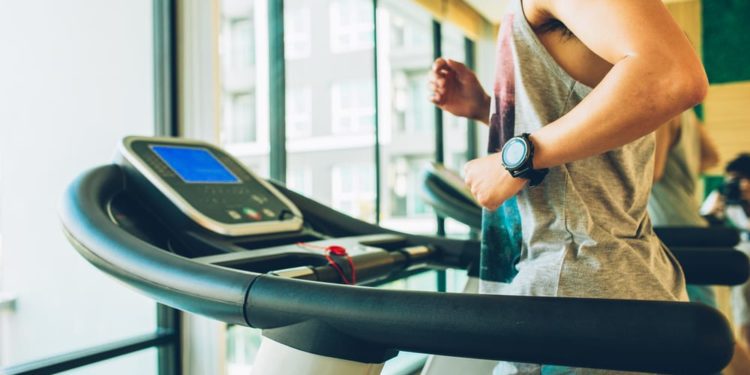Reinvent your Fitness Program with Group Exercise Systems.
There is something to be said about the way the wearables industry has skyrocketed over the past few years. Tracking data and progress is not only engaging and motivating but it helps people feel like they are making their efforts count. Unlike 10 years ago, today’s technology is more affordable, more accurate and more comfortable than ever. Today’s devices can be worn on your wrist, forearm, bicep or even integrated into your clothing. However, with endless information on daily steps, heart rate, cadence, calories and so on, what is a person to do? This is where university recreation centers can take the latest fitness technology one giant leap forward to help members utilize the data from sensors to improve overall health.
Biofeedback is Motivating
Group Exercise Systems are gaining popularity because they combine smart technology with robust software that work together to simultaneously measure, track and correlate a member’s health data. The software can be run on smaller, more convenient devices such as tablets and phones. This live information can then be displayed for the class via a monitor or projector. Real time biofeedback allows each individual to see what is happening inside their own body. When a spin instructor asks a class to sprint this can get interpreted differently for every person in the class. Group Exercise Systems allow instructors to more effectively teach a class by providing clear direction for target heart rate, cadence, etc. Students are able to make necessary changes based on the data to achieve the most efficient workout for them. The visual feedback is no doubt motivating and the impact it has on safety is noteworthy.
Data Tracking Measures Success
With Group Exercise Systems instructors can track fitness data. The more advanced systems will provide a username and login that will take you to a web portal where the data is stored, but most systems will at least send out a summary at the end of class. This information is available to both the instructor and the user, allowing the instructor to measure the effectiveness of a class and the user to track their own progress toward fitness goals. Members will see their achievements and get credit for their efforts. As data accumulates, continuous adjustments of health and fitness goals can be made.
When people track their data consistently it becomes more than just numbers and they learn about their personal fitness, including what works best for them. When people start seeing results they are encouraged to stick with a program. By keeping your members engaged and consistent and taking them to their next level of fitness you can successfully reinvent your fitness program.
Bethany Friedrich, Research and Development, Heart Tech Plus, 877-456-3198, info@hearttechplus.com










